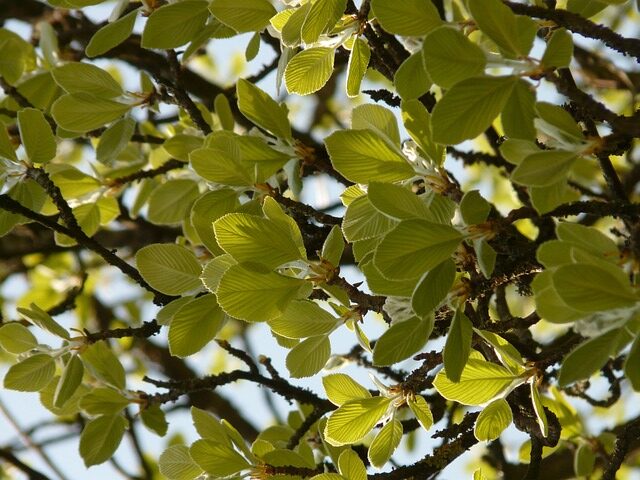The Whitebeam, or Sorbus, is native to the UK and a very attractive medium to large tree.
They have white flowers, orange to red berries and the underside of the leaves is a lighter, more silvery green than the top surface.
They are deciduous and can live up to 200 years.
Sometimes they can start to decline suddenly, so if you have asked the question “Why Is My Whitebeam Tree Turning Brown?” this article is for you!
2. Insufficient Light
3. Poor Drainage
4. Not Enough Water
5. Insufficient Nutrients
6. Pests
7. Disease – Bacteria And Fungus
Sun Scorch
Whitebeams are happiest in full sun to dappled shade, however in very hot and sunny conditions they can suffer scorching to the leaves in strong afternoon sun.
Leaves will appear wilted, and may even turn dry and brown in severe heat.
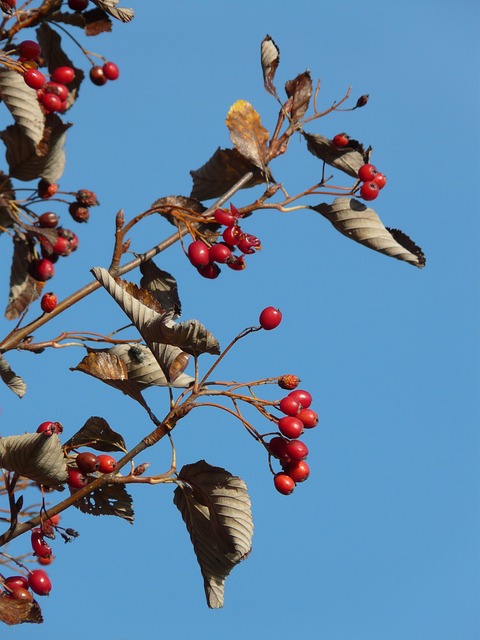
How to fix:
- If your Whitebeam tree is new, potted and yet to be planted, you can acclimatise them to a sunny spot by leaving them in situ for increasing amounts of time each day.
- Choose a location that has at least 6 hours of sunshine throughout the day but ideally some shade in the afternoon.
- If your Whitebeam is already in the ground and established, you can try to protect the plant from some afternoon sun by erecting a sheet or tarp.
- Provide extra water for your Whitebeam in these circumstances, watering at the base rather than from overhead.
Insufficient Light
Whitebeam trees will not do well in deep shade and may develop paler leaves.
Growth will be leggy and spindly instead of bushy.
There may be more leaf drop than normal, or it may occur earlier in the year.
Trees will become more susceptible to attacks from insects, bacteria or fungus.
How to fix:
- When planting Whitebeams, choose a bright spot with at least 6 hours of sunshine per day.
- Dappled shade is OK, avoid deep shade.
- If your tree is established but shaded by taller trees, see if you can prune overhanging branches to allow more light through.
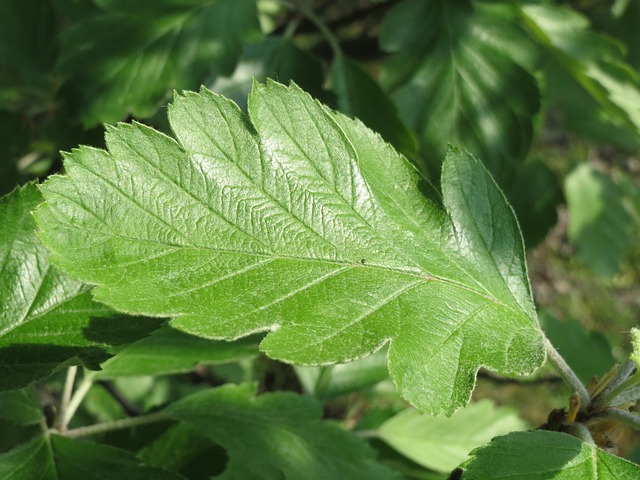
Poor Drainage
Whitebeam trees need well draining soil.
They will struggle in heavy clay, or soil that compacts or waterlogs easily.
How to fix:
- If you have heavy clay soil, or soil that compacts easily, then work in some grit, sand or stones to improve drainage.
- When planting Whitebeam in these conditions, avoid natural dips or depressed areas, as water will naturally collect here.
- Instead, plant on higher ground in a sunny location to help to dry out the soil.
Not Enough Water
Whitebeam trees should be fairly drought tolerant when established, but may need extra irrigation when young, when newly planted or moved, and in very dry weather.
Dehydrated leaves will be droopy, wilted and may turn brown.
How to fix:
- In the above situations provide extra hydration by watering deeply at the base.
- Avoid spraying the leaves as this can introduce moist warm conditions and encourage fungal infections.
- The soil should be moist but not saturated.
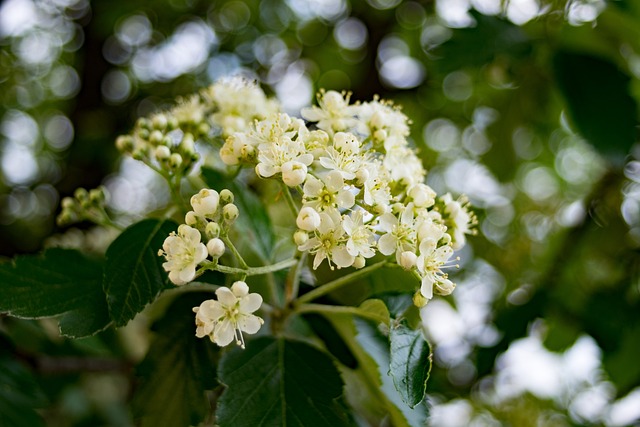
Insufficient Nutrients
Once established, Whitebeam trees will be fairly self-sufficient and in most cases find the nutrients they need from the soil.
If you have particularly poor soil that is rocky or sandy, you may find nutrients drain away before the tree can take them up.
This will present in yellowing leaves and slow growth.
How to fix:
- Work in some organic matter to your soil to improve water retention and increase the nutrient value.
- Mulch in spring and autumn, leaving a space around the trunk.
- You can use materials such as compost, rotted manure, leaf matter, decomposed lawn cuttings and coffee grounds.
- This will also encourage worm activity which will naturally aerate the soil.
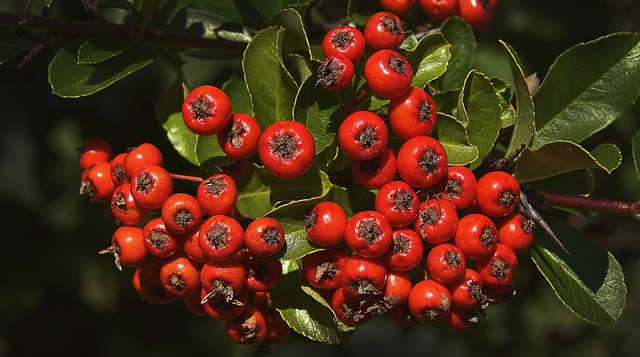
Pests – Scale
Scale insects can affect both the leaves and stems of many trees and shrubs such as Bay trees and Hornbeam.
Adults resemble miniature limpet shells stuck to the leaf or branch.
The larvae do not have the hard shell, are paler in colour, and congregate on the underside of leaves and stems.
Signs to look out for are sticky leaves and sooty mould.
If left, their numbers can increase and they can begin to affect the vitality of the plant.
They are easier to treat when the insects are young, before they form the shell that clamps them to the plant.
How to fix:
- If you notice an infestation it is best to contact a professional, as they will have access to appropriate chemical control.
- If you cannot source a professional then Neem oil is an option, used as directed.
- You can also use a cotton bud soaked in alcohol to remove them individually.
- Encourage natural predators like ladybirds by promoting biodiversity in your garden.
Pests – Sawfly Leafminers
These are small black insects that look like flies but are actually related to wasps.
In the UK they can have a white line on the upper thorax and sometimes a red line lower down.
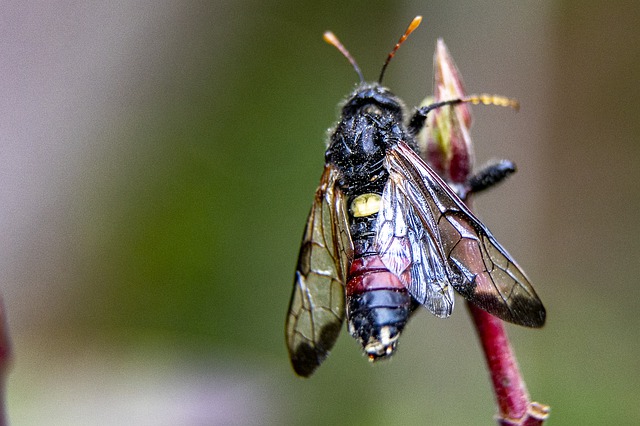
The adults will lay their eggs in the leaf litter.
The larvae then hatch in the spring and eat the leaves of Whitebeam and other trees.
They look very much like caterpillars and have a black stripe running down the length of their body
They also have small black dots on their side.
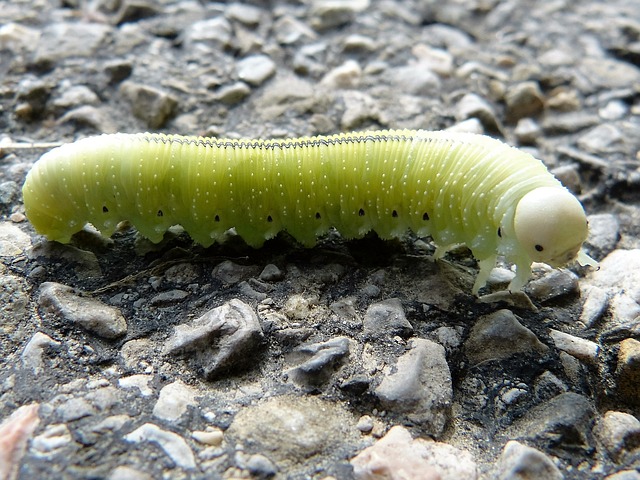
How to fix:
- Although the eaten leaves can look unattractive, the feeding of Sawflies or Leafminers should not severely harm the tree.
- If you do see the larvae, which are distinctive, you can remove them by hand to limit their activity.
- Encourage natural predators in the garden like birds, other insects, frogs and small animals by having a garden that promotes biodiversity.
Bacteria – Fireblight
This bacterial infection can enter the tree through wounds or openings via rain, wind, pruning or even through the flowers, particularly in warmer weather.
It causes parts of the tree to look scorched or burnt.
Shoots, then leaves, fruits and even full branches turn brown and shrivel as it moves down the tree.
Another sign is a reddish brown staining under the bark.
How to fix:
- Only prune Whitebeam during dry, cold weather, for example late winter and early spring, when the last frost has passed.
- Sterilise your tools before, during and after pruning.
- If you do notice the signs, prune out affected areas promptly during the tree’s dormant phase as above.
- If dealt with early the spread can be halted and the tree saved, so monitor your Whitebeam regularly.
- Do not compost the infected plant material, instead burn it immediately.
Wood Fungus – Apple Tree Canker
Apple Tree Canker is a fungal infection that enters the tree through wounds in the bark.
It causes Cankers, which are areas of distorted, sunken or swollen dead tissue.
Cankers can encircle a branch, cutting off the circulation beyond the canker and causing that branch to die.
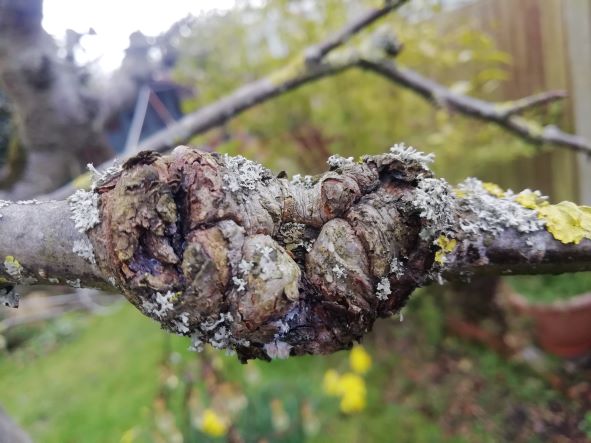
How to fix:
- You can carefully cut out branches with cankers, as long as they are not part of the main trunk.
- Prune at least 10cm below the canker, where there is healthy wood.
- Use sharp secateurs or loppers, and sanitise them before and after use.
- Burn or dispose of these branches (not in the compost heap).
- Avoid accidentally damaging your Whitebeam bark to minimise the chances of infection.
- Watch out for pets scratching the tree, and be careful when strimming in that area.
- Look for branches rubbing together, as this can cause wounds, and carefully remove.
- If the canker affects the main stem, especially if it is large and low down, then you may not be able to save the tree.
- In these cases removal may be best.
Fungus – Verticillum Wilt
Although not usually vulnerable to Verticillum Wilt, there have been some recent reports of Whitebeam suffering with this common fungus so it may be on the rise, possibly due to increasingly warm spring temperatures.
The fungus enters through the roots and attacks the tree’ s circulatory (vascular) system.
Affected trees will show yellowing wilted leaves, sometimes just in one area.
Leaves then die and fall, and whole branches can die back.
Branches can have black or brown staining under the bark.
Cross sections of affected branches may show dark circles.
How to fix:
- Unfortunately once this fungus has taken hold it can become extremely difficult to treat.
- If the fungus has only infected a very small section of an established Whitebeam and the rest of the tree is unaffected, then you can try just cutting back the affected branches to where they are healthy.
- This may just postpone the inevitable decline however, as it is impossible to cure completely.
- In smaller Whitebeam trees that are more heavily affected, it is best just to remove the tree entirely and either burn it or dispose of it safely (not in the compost heap).
- Make sure to sanitise all tools used.
- When replanting, choose trees such as Conifers that are resistant to Verticillium Wilt.
- As a prevention, make sure the soil is well draining and promote good ventilation around the plant by regularly clearing debris from around the base.
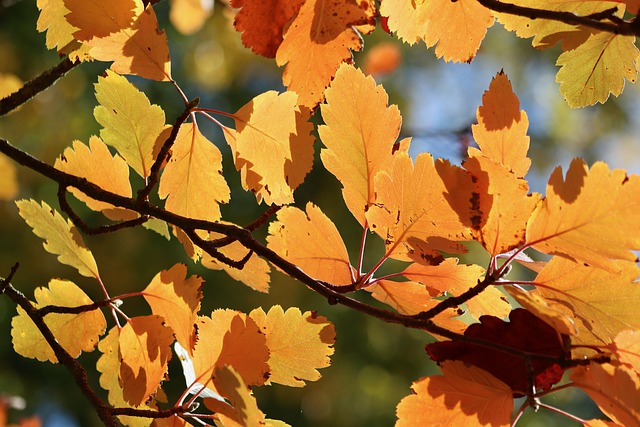
Leaf Fungus – Leaf Spot / Leaf Scab / Rust
These diseases are common when the weather is warm and moist.
In the case of Leaf Spot and Leaf Scab, leaves become covered in small dark brown spots that increase in number.
They begin to join up, creating large patches of brown to black dead tissue.
The fungus that causes Rust presents on leaves as dusty orange to reddish brown spots, bumps or pustules,
Each fungus above can then cause leaf drop earlier in the year than normal, and the spores spread further into the air and soil.
How to fix:
- If addressed early when only a small number of leaves are affected, you can carefully remove them from the Whitebeam using gloves, and sanitising all containers and tools.
- Try not to shake or disturb the leaves too much as this will release further spores
- A good method is to have your hand inside a bag, then draw the infected leaf inside the bag.
- You can also treat Rust with a baking soda solution (1 teaspoon of baking soda to 1 litre of water) or an application of Neem oil.
- Clear accumulated infected leaf matter from around the base of the tree and burn.
- Add mulch around the bottom of the tree (not touching the bark) or even just an extra layer of soil to form a barrier for the spores.
- When watering trees, take care not to splash water up onto the foliage ie: with a sprinkler. Water from the base instead.
Final Thoughts
Whitebeam is a great addition to the garden, with the silvery underside to the leaves looking wonderful in a breeze.
Hopefully I have covered the main problems that can arise, but if you are experiencing an issue with your Whitebeam that you can’t identify, then drop me a message and I will do my best to help.

